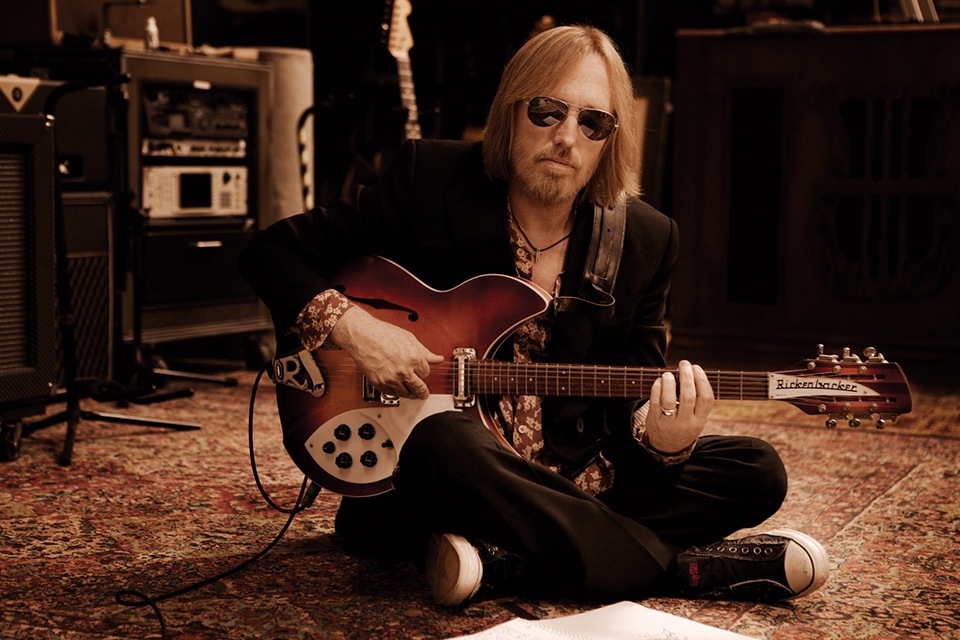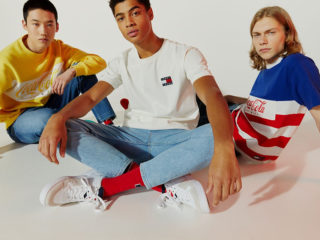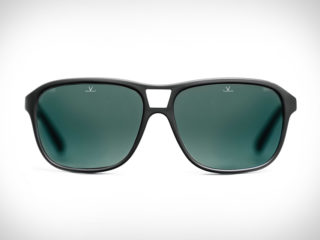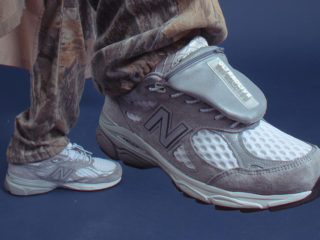Tom Petty was a singer, songwriter, guitarist, and all-around rockstar whose music and influence spanned multiple genres and generations. Selling millions of albums, headlining festivals, arenas, and stadiums, and charting numerous Billboard hits that were staples of rock radio for decades, his music was arguably classic rock at its best—relatable, unapologetic, and easily comprehensible lyrics backed by melodic guitar riffs that everyone could sing along too. And sing they did, many of them to songs that spoke of underdogs, outcasts, and yes, even marijuana.
From hits like 1994’s “You Don’t Know How It Feels,” where Petty tells us to “get to the point” and roll another joint,” to songs that put his feelings for marijuana right smack in the title, like 1993’s MTV staple “Mary Jane’s Last Dance” and the recent “U Get Me High” from his last album, 2014’s Hypnotic Eye —Tom Petty was never shy to let his passion for cannabis shine.
“I’m mostly just a reefer guy,” he told Men’s Journal in a 2015 interview. “It’s a musical drug.” When asked if he ever got a prescription, he laughed—“I’ve had a pipeline of marijuana since 1967.”
Speaking again of medical marijuana in a 2013 Rolling Stone interview, he told writer Rob Tannenbaum that he was certain he’s smoked “some medical marijuana.” “It’s everywhere,” he said. “I don’t smoke pot as much as I did at one point. But I think the cat’s out of the bag, and it’s gonna be legalized. If you’re gonna sell liquor, you have to sell pot. Liquor’s worse for you. I don’t think pot’s addictive—I never felt like I had to have it, you know. Actually, no, I take that back,” he said laughing. “But it is safer than alcohol.”
Petty even used marijuana to brush up on his history. Admitting to being a rather curious history buff, he said one of his favorite things to do whenever he was in D.C. was to “Wait until it’s really late, get stoned, go to the Jefferson Memorial, and just sit there and read the walls. I’ve done that a few times.”
Indeed, marijuana was pretty much front and center when it came to Petty and his music. Perhaps it was that laid-back southern attitude, having been born and raised in the sunny southern city of Gainesville, Florida. An attitude that often took form in his manner of dress. While not exactly laid-back, Petty’s style often had this sort of intentional carelessness to it, or what Italians refer to as “Sprezzatura”—carefully put together, but in a casual, “I-don’t-give-a-fuck” sort of way.
Paying tribute to Petty and his unique sense of style, Chromeo’s fashion-conscious Dave Macklovitch, aka “Dave 1,” posted several pics of Petty on Instagram with the caption “Underrated style icon.” And that’s to say the least!
Speaking further to Billboard’s Rebecca Milzoff on the subject, Dave admitted that he “gets half his shit from him [Petty]” and went on to point out how “everyone knows the songs, but you never hear talk about the look, the panache, the whole aura around it.”
Indeed, it wasn’t just Petty’s music and lyrics that brought his songs to life, but also the way he delivered them, with much of that having to do with what he was wearing while putting on a performance.
“In the late ’70s, the look with the fitted blazers with the t-shirt underneath was tight,” Dave told Billboard. “It was really chic. And nobody really notices that about him. He had a kind of Hedi Slimane thing going on, very Dior Homme circa 2005, but in the ’70s.”
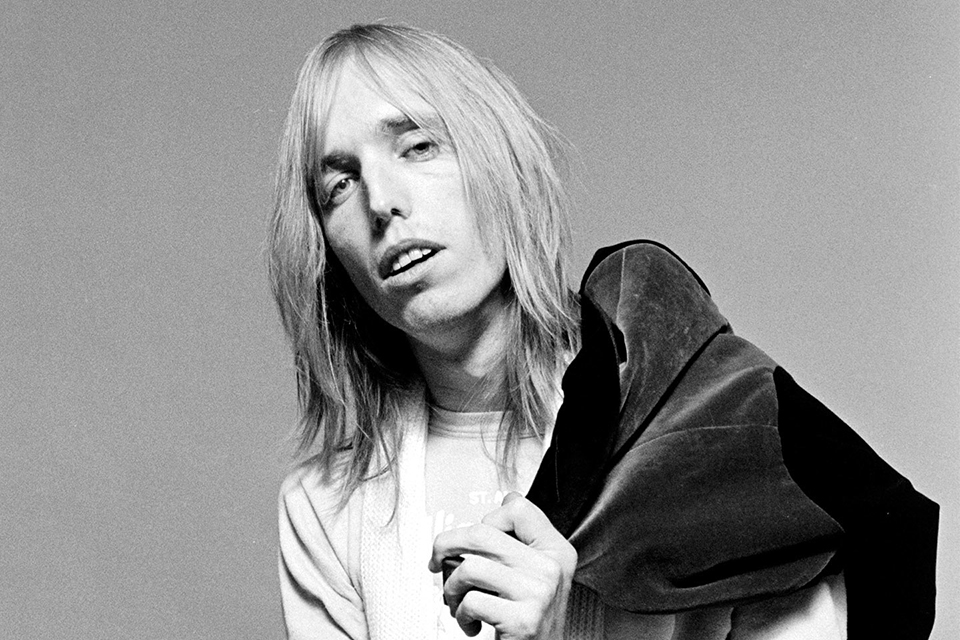
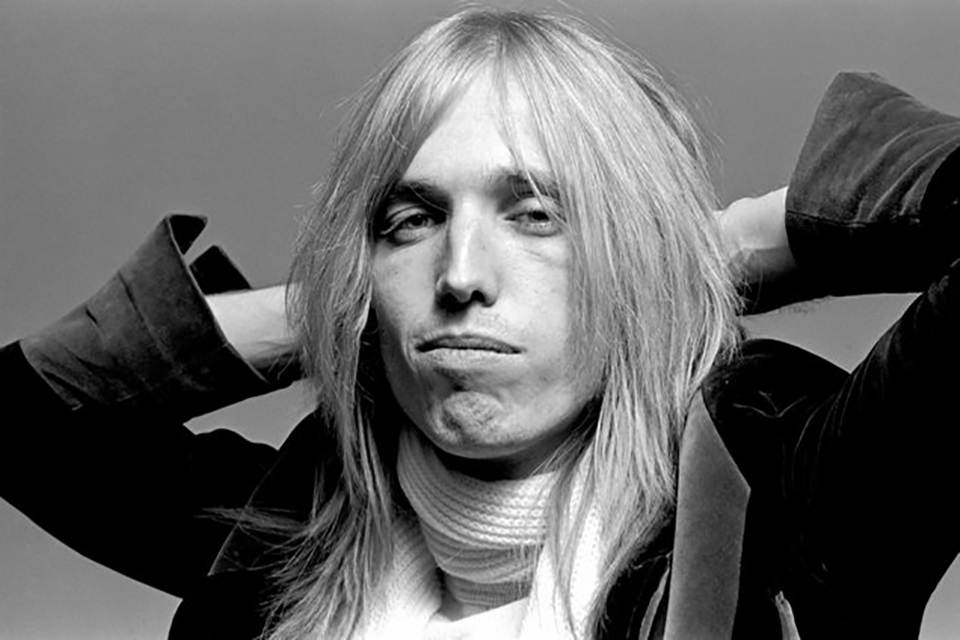
Of course that style would arguably take a turn for the worse when he started sporting much of that Western cowboy look throughout the late 80s and early 90s—the hats, the vests, etc. As his career and fame grew, his attitude towards fashion seemed to grow and shift as well, taking somewhat questionable chances where in the past he might have otherwise thought twice.
Many of those chances made their debut in some of his more extravagant music videos, which started receiving ‘round-the-clock airtime on MTV during arguably the height of the MTV era. The weird top hat phase that was first introduced in the 1985 hit, “Don’t Come Around Here No More” and was later continued in 1991’s “Into the Great Wide Open,” the Western/cowboy look portrayed in 1991’s “Learning to Fly” and again in 1994’s “You Don’t Know How It Feels.”
But as Dave points out, in the Damn the Torpedoes era (released on Petty’s 29th birthday back on October 20th, 1979) that brought us hits like “Refugee,” “Don’t Do Me Like That,” “Even the Losers,” and “Here Comes My Girl,” “he was flawless!”
“The very fitted tuxedo blazer vibe; the neckerchief, the super tight scarf around the neck is killer,” said Dave. “I mean, he’s playing onstage in a blazer and a button down, but with very much a nonchalant air—that’s hot!”
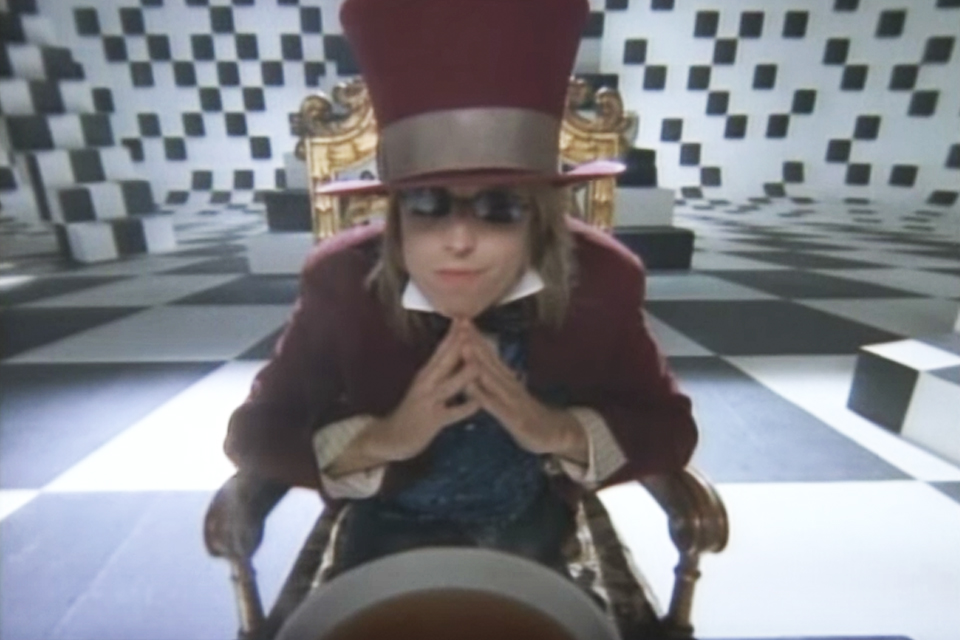


Again, that nonchalant air and attitude of “sprezzatura” that essentially defined Petty’s entire persona. “In general, he’s probably the least ostentatious, least flamboyant rock star,” Dave continued. “He’s a less is more kinda guy and it was the same with his writing: three or four chords, the bare bones of what makes a song powerful. It’s unassuming. He’s the opposite of Jimmy Page: He’s a classic rock minimalist.”
Yes, a classic rock minimalist. One whose music and lyrics leave behind a legacy that’s anything but.

